Starting a garden in your backyard is both exciting and intimidating. Not only do you have to decide where to place it, but also what to grow in your garden. Will you grow flowers, vegetables, or herbs? Or all three? Here are some tips to help you make this important and somewhat personal decision.
How to Determine What to Grow In Your Garden
To determine what to grow in your garden, keep in mind the following considerations and questions. Hopefully it will make deciding what to grow a simple task.
Do You Have Sun or Shade?
How much sun shines on your chosen location helps determine what will grow. Plants need either full sun, partial sun, partial shade, or full shade. It will take a couple of sunny days for you to find out how much light your garden gets. Check it or take a photo in the morning, midday, and afternoon. Write the time of day and the amount of sun you see. Full sunFull sun refers to six (or more) hours of sunlight. Some plants require full sun to grow and produce fruits. Examples of plants that require full sun are tomatoes, potatoes, carrots, etc. is more than 6 hours a day. Partial sun is from 3 to 6 hours of sun. Full shade is considered a shady area that might get bits of sun here and there.
The label or seed packet will tell the plant’s sun requirements. Keep your garden’s location in mind. If a plant needs full sun and you give it shade, it will be spindly and weak, and won’t produce many flowers or fruitsFruits are seed-bearing pods or capsules of flowering plants. Fruits are full of nutrients that can enrich germinated seeds. Examples of fruits are tomato, banana, watermelon, and cucumber fruits., if any. If you give a shade-lover the hot sun, it’s leaves will burn up and it will wither and die.
Do you have more than one location available? If they have differing amounts of sun, you will have more options.
Beauty vs Practicality: Ornamental Plants and Flowers
If you are looking to beautify the areas around your home, you can choose from many varieties of ornamental plants, bushes, and flowers. These will be categorized as either perennials or annuals.
Perennials will grow back each year for many years. They usually start small and grow larger over time. Some perennials produce flowers in their first season and others will take two or more years before flowering.
AnnualsAnnuals are plants that complete their life cycle in one year (or less). An annual plant will germinate, grow, produce flowers, produce fruits, and die in one year. Examples of popular annuals are maize, peas, watermelons, etc. only live for one season but they continually flower. If you choose annuals, you will have to buy new plants each year. That could be a good thing since you can “redecorate” your flowerbeds in a new type or color each spring.
Not all ornamental plants produce colorful blossoms. Some types have multi-colored leaves. Examples of these would be coleus and caladium. They can be planted in the garden soil or pots scattered in your garden. Small bushes and shrubs can also be placed around your home to add background, texture, and color.
An Edible Garden, or a Lush Greenery?
“So many vegetables and so little space,” is the lament of many backyard gardeners. Growing food for yourself and your family is a lot of work, but it is so rewarding. Imagine making pickles with your own cucumbers or adding home-grown spinach to your morning smoothie! Yum.
Choose to grow vegetables in your garden that you like to eat. If you like to make home-made spaghetti sauce and eggplant parmigiana, grow tomatoes and eggplant. For salads choose lettuce, arugula, spinach, and radishes. Winter squashes like butternut, acorn, and spaghetti squash will give you many hearty meals when the weather is cold. Grilled zucchini, peppers, and corn on the cob are great side dishes. Hungry, yet?
How Big is Your Desired Garden Area?
Vegetable plants produce more when they have good soil, the right amount of sun, and enough space. Some will need cages or support sticks. Some are best climbing a trellis or fence. Others need to spread out.
BushA plant without a distinct trunk, short, and has a lot of leaves (i.e. thick shrub). An example of a bush is bush tomatoes. plants like Roma tomatoes and Bell peppers need about 2 feet between them, room to stretch out their branches. Zucchini and summer squash really like to spread out. If you aren’t careful, one plant could take up half of a small garden!
Cucumbers are vining plants. Give them something to climb such as a trellis or fence to save space in your garden. Squash vines will go wherever they want to go. You can offer them a fence, but they might climb right over it and onto the lawn. Keep an eyeThe marked center of a flower. Also refers to spots on potatoes and other tubers that a new plant can grow from. on them!
Tip:
If you are short on space and you want an effective means of controlled growing, consider square foot gardening!
Climate and Seasonality
Cool-weather plants are great to grow in your garden each spring and fall. Examples are peas, lettuces, and spinach. Tomatoes, corn, beans, and peppers like the hot summer weather but they should be planted in the spring, so they have time to get established.
Choose to start your vegetables from seed or buy plants from a local farm market. Either way, be sure to find out about their requirements before you take them home to be sure of a successful season.
Growing Herbs – The Easy Choice
People grow herbs for many reasons. They add lots of flavor to foods and beverages. Some are used for medicinal purposes. Many herbThey are small plants that lack woody stems. They crawl on the ground and do not grow so tall. plants also add beauty to your home garden.
If you decide to start an herb garden, choose your plants carefully. Mint can grow wildly, like a ground cover throughout your bed, crowding out other plants. To keep the spread under control, plant them in containers. They look great draped over the sides as they grow.
In your herb garden, you can mix annuals, perennials, or biennials. You might remember that perennials are plants and regrow every year and annuals die out at the end of the season. BiennialsBiennial plants complete their life cycle in two years (or less). Biennial plants germinate, grow, produce flowers, produce fruits, and die within two years. Examples of biennial plants are cabbages and onions. grow for two years. The first year is the best for taste. During the second year, it flowers and goes to seed. Parsley is an example. AnnualAnnual plants are plants that complete their lifecycle in a year. Annual plants germinate, grow, flower, and produce fruits, and die within a year. Examples of annual plants are maize, tomatoes, etc. herbs like basil and cilantro can be grown indoors during the winter. Perennials like thyme, oregano, and chives will reappear in your garden in the spring.
Storing Herbs
Drying is a great way to get more from your herb plants. Snip branches or leaves and lay them on paper towels or tie them in a bunch with string and hang them in a cool dark place in your home. A spring-loaded curtain rod will give you a temporary hanger. Once they are completely dry, crumble them slightly and store in a glass jar with a tight-fitting lid. Don’t forget to label the jar so you don’t end up putting basil in your tea or mint in your spaghetti sauce!
Choosing Companion Plants for Your Garden
When you choose what to grow in a garden, know that some plants are considered beneficial or good “companions” for others. Basil improves the flavor of nearby herbs and when planted with tomatoes it repels the dreaded hornworm and is said to make the tomatoes sweeter. Plant chives with carrots and tarragon with eggplant. Chervil goes well with lettuces because it draws off slugs.
Herbs can be beneficial when you mix them in with your flowers, too. Lavender keeps rabbits away, and the purple blooms add to the color palette. Parsley and thyme deter aphids, so grow them around the baseA base is the lowest part of an organism or organ. The base can appear as though it is above, but it is the lowest part of an organ (i.e. upper organ). A base can also represent the root crown of trees. of your rose bushes. And don’t hesitate to plant flowers with your vegetables. They add color to your garden and attract pollinators, increasing your harvest.
Conclusion
Deciding what to grow in a garden can be fun. Once you have a location in mind, choosing your plants is as easy as reading the label or seed packet, or asking a specialist at your local garden supply store. Keep in mind, there are many gardening tips and tricks that will make your life easier, and keep your thumb greener. Just like fashions change each season, your taste in vegetables and flowers will change over time. If you don’t like how it turned out this year, grow different plants next year!
What did you plant in your garden? Do you prefer vegetables, flowers, herbs, or all three? Let us know in the comments below.



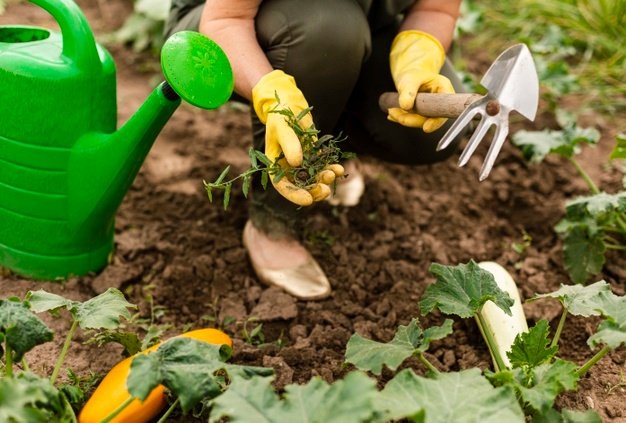
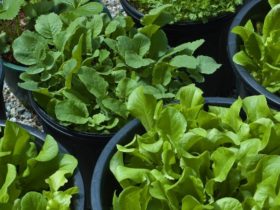

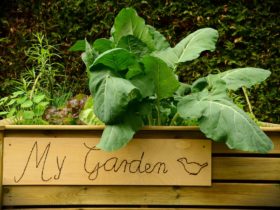
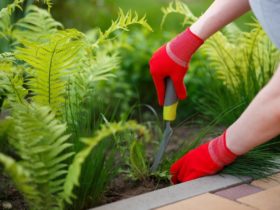

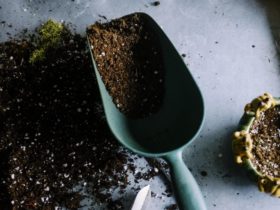

Love these ideas!